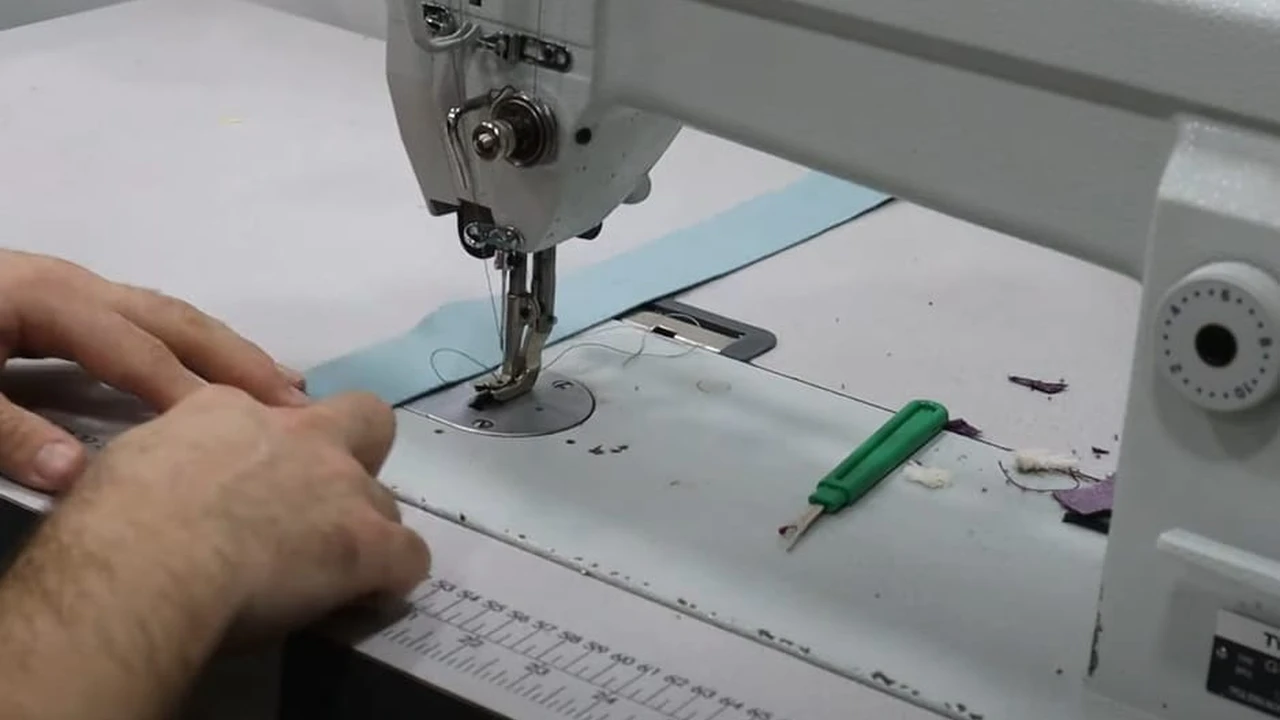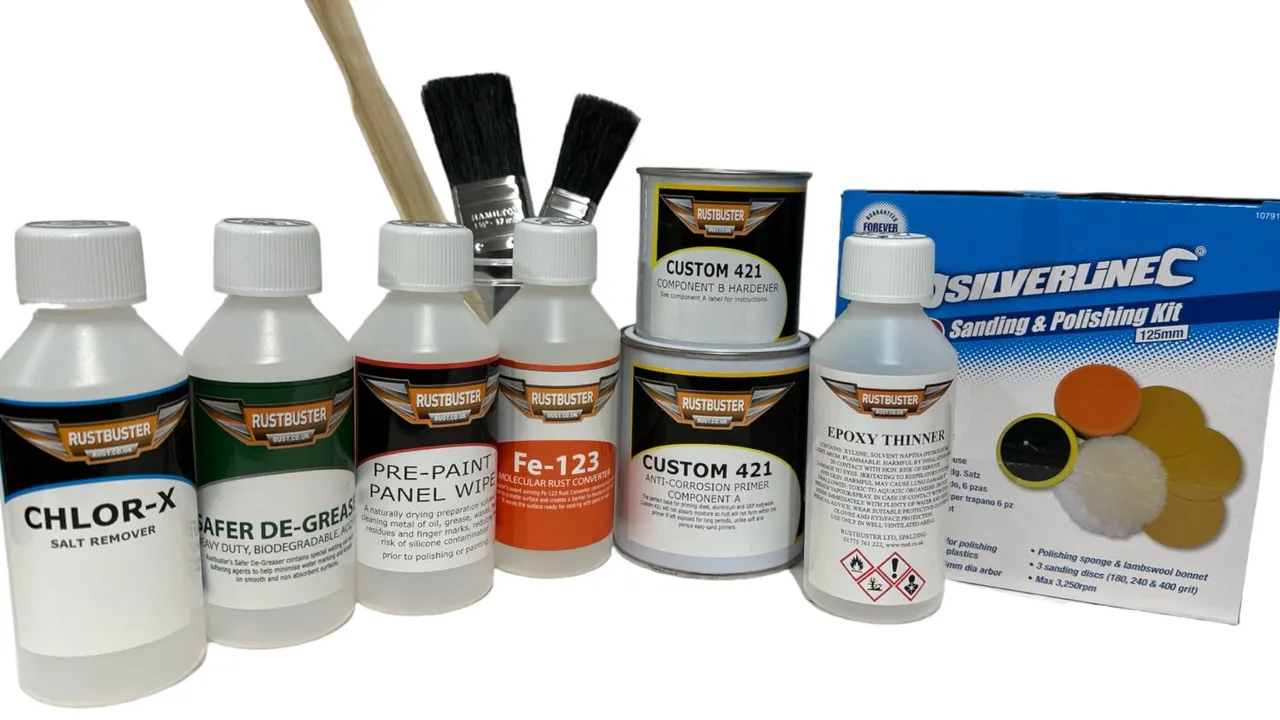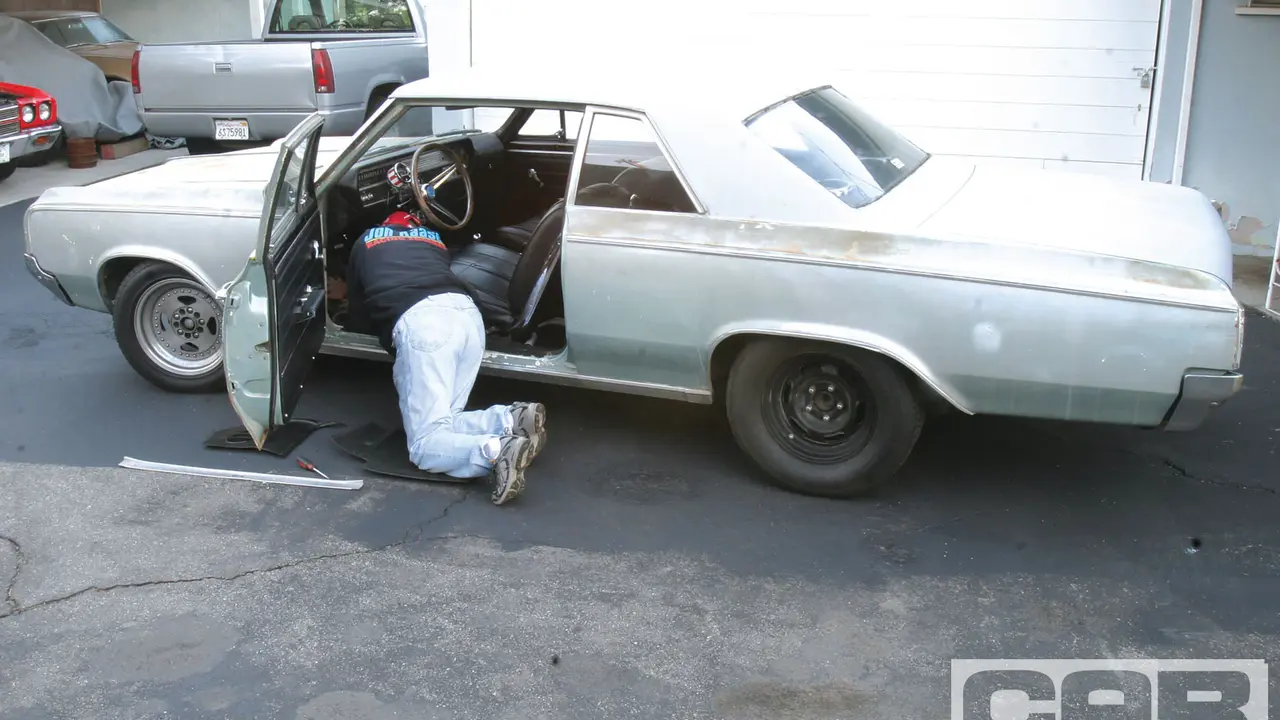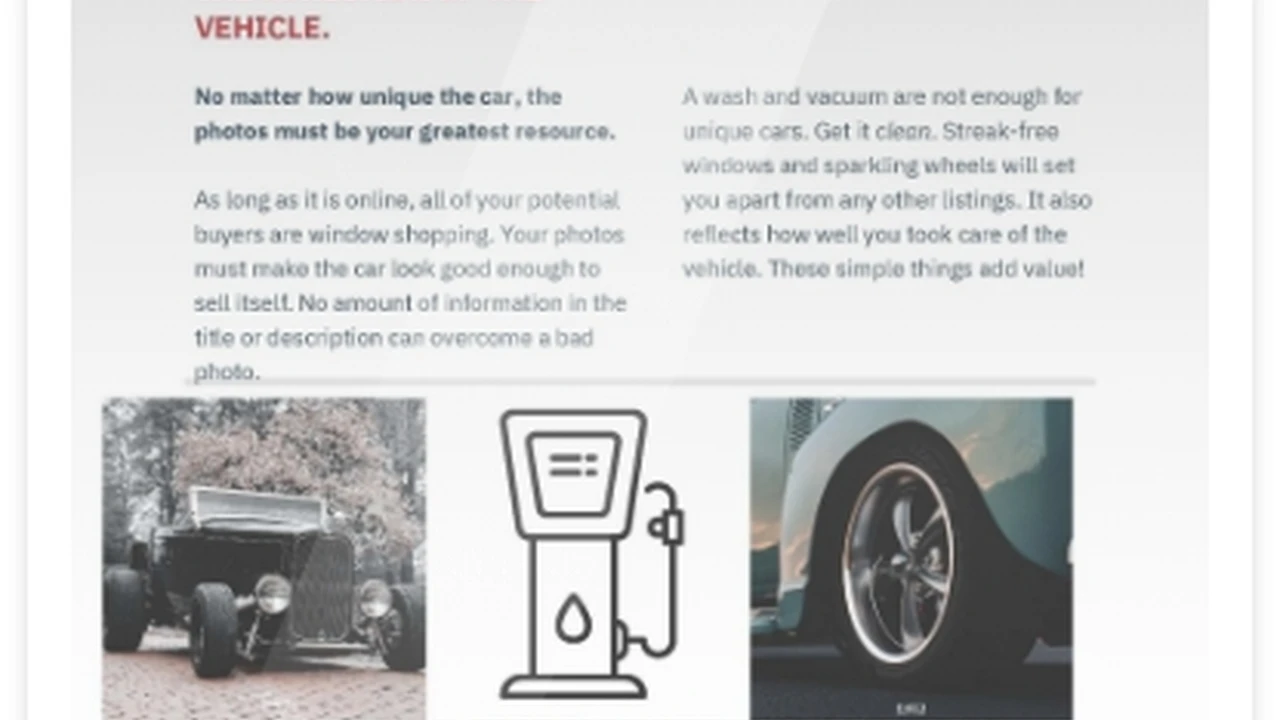Local Salvage Yards: A Hidden Gem for Classic Car Parts
Explore the benefits of visiting local salvage yards for sourcing affordable classic car parts. Learn how to identify valuable components and negotiate prices. Find unique and hard-to-find items for your restoration.
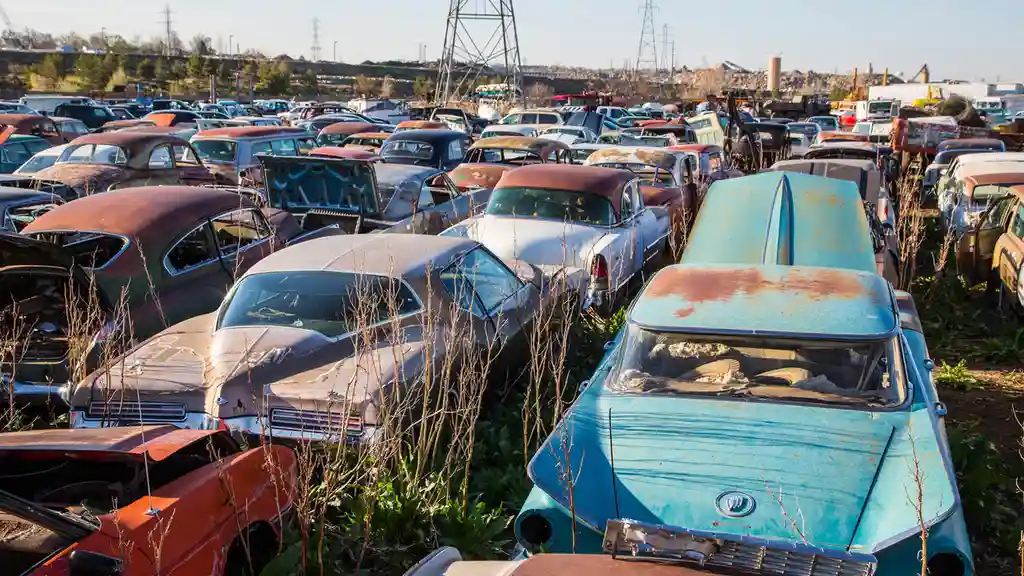
So, you're diving into the exciting (and sometimes daunting) world of classic car restoration? Awesome! You've probably already hit the online marketplaces and maybe even checked out some antique auto shows. But have you considered the humble local salvage yard? Trust me, these places are often overlooked goldmines for affordable and unique classic car parts. Let's dig in!
Why Local Salvage Yards for Classic Car Parts Sourcing? Affordability and Uniqueness
Let’s face it, restoring a classic car can get expensive, fast. That's where salvage yards shine. They offer parts at significantly lower prices than specialized retailers or online vendors. Why? Because they're dealing with used parts, often from vehicles that are no longer roadworthy. This means you can find that elusive trim piece or a perfectly good engine component without breaking the bank. Plus, you might just stumble upon parts that are no longer in production, making your restoration truly unique.
Identifying Valuable Components at the Junkyard Discovering Hidden Treasures
Alright, you’re ready to brave the junkyard. But how do you find the good stuff? First, do your research. Know what parts you need and what cars might have them. Bring a notepad and a camera (your phone works great!) to document everything. Look for parts that are in good condition, free from excessive rust or damage. Don’t be afraid to get your hands dirty! A little elbow grease can reveal hidden treasures.
Here are a few key areas to focus on:
- Engines and Transmissions: Check for obvious damage like cracks or leaks. If possible, try to turn the engine over by hand. Look for identifying marks or part numbers.
- Body Panels: Examine for rust, dents, and other damage. Check the alignment of the panel and make sure it’s the correct one for your car.
- Interior Parts: Look for seats, dashboards, and trim pieces in good condition. Check for tears, cracks, and fading.
- Electrical Components: Test lights, switches, and other electrical components if possible. Look for damaged wiring.
- Chrome and Trim: Check for rust, pitting, and dents. Polish a small area to see how well it cleans up.
Negotiating Prices for Classic Car Parts at Salvage Yards Tips and Strategies
Negotiation is key at salvage yards. Remember, the prices are often flexible. Start by doing your homework. Know the fair market value of the parts you're interested in. Be polite and respectful, but don't be afraid to haggle. Point out any flaws or damage to justify a lower price. Offer a reasonable price and be prepared to walk away if the seller isn't willing to negotiate. Cash is often king, so bring some with you. Salvage yards are more likely to give you a better deal if you’re paying in cash.
Recommended Products for Junkyard Part Hunting and Their Uses
To make your salvage yard experience more efficient and productive, consider bringing these items:
- Penetrating Oil (e.g., PB Blaster, Liquid Wrench): Essential for loosening rusted bolts and nuts.
- WD-40: Multi-purpose lubricant for displacing moisture and loosening sticky parts.
- Socket Set and Wrenches: A comprehensive set of tools is crucial for removing parts. Consider both metric and SAE sizes.
- Screwdrivers (Phillips and Flathead): Various sizes for removing screws and trim.
- Pliers (Needle-Nose and Regular): For gripping, cutting, and manipulating parts.
- Wire Brush: For cleaning rust and dirt from parts.
- Gloves: Protect your hands from dirt, grease, and sharp edges.
- Eye Protection (Safety Glasses): Essential for protecting your eyes from debris.
- Flashlight or Headlamp: For illuminating dark areas.
- Measuring Tape: For verifying dimensions and ensuring proper fit.
- Camera/Phone: To document the parts you find and their location.
- Notepad and Pen: For taking notes and recording part numbers.
- Jack and Jack Stands (if removing large parts): For safely lifting vehicles.
- Wheel Chocks: For securing vehicles and preventing them from rolling.
- Hacksaw or Reciprocating Saw: For cutting through metal (use with caution).
- Multi-meter: For testing electrical components
Product Example: PB Blaster Penetrating Catalyst
- Use Case: Loosening rusted bolts and nuts that are difficult to remove.
- Description: PB Blaster is a powerful penetrating oil that breaks down rust and corrosion, allowing for easier removal of fasteners.
- Price: Approximately $15 - $20 per can.
Comparing Penetrating Oils PB Blaster vs Liquid Wrench vs WD-40
When dealing with rusted parts, choosing the right penetrating oil can make all the difference. Here's a quick comparison:
- PB Blaster: Known for its strong penetrating power and ability to break down rust quickly. It's a top choice for heavily corroded parts.
- Liquid Wrench: Another effective penetrating oil that works well on a variety of metals. It's a good all-around option.
- WD-40: While WD-40 is a great lubricant and water displacer, it's not as effective as PB Blaster or Liquid Wrench for penetrating rust. It's better suited for loosening lightly corroded parts or preventing rust.
Recommendation: For heavily rusted parts, start with PB Blaster. If that doesn't work, try Liquid Wrench. WD-40 is best for preventive maintenance.
Safety First Tips for a Safe Salvage Yard Visit
Salvage yards can be hazardous places. Wear sturdy shoes, gloves, and eye protection. Be aware of sharp edges, broken glass, and other debris. Never go under a vehicle that is not properly supported by jack stands. Be careful when handling fluids like gasoline and oil. Avoid smoking or using open flames near flammable materials. If you're unsure about something, ask for help from the salvage yard staff.
The Environmental Impact of Salvage Yards Recycling and Sustainability
Salvage yards play an important role in recycling and sustainability. They help to keep valuable materials out of landfills and reduce the need for new manufacturing. By sourcing parts from salvage yards, you're contributing to a more sustainable restoration process. Many salvage yards also recycle fluids and other materials, further reducing their environmental impact.
Finding Specific Classic Car Makes and Models at Salvage Yards Location Matters
The type of cars you find at a salvage yard often depends on its location. Salvage yards in rural areas may have a wider variety of older vehicles, while those in urban areas may focus on newer models. Call ahead to see if the salvage yard specializes in classic cars or specific makes and models. Some salvage yards even have online inventories, making it easier to find what you're looking for.
Documenting Your Finds Taking Photos and Recording Part Numbers
Before you remove any parts, take photos and record part numbers. This will help you to identify the parts later and ensure that you're getting the correct ones. Take photos from multiple angles and include any identifying marks or features. Record the make, model, and year of the vehicle the part came from. Keep your notes organized and easily accessible.
Cleaning and Inspecting Your Salvaged Parts Removing Rust and Assessing Condition
Once you've sourced your parts, it's time to clean and inspect them. Remove any rust, dirt, or grease. Use a wire brush, sandpaper, or chemical cleaners to remove rust. Inspect the parts for damage or wear. Replace any worn or damaged components. Test electrical parts to ensure they're working properly. Before installing the parts on your classic car, make sure they're in good working order.
Storing Your Salvaged Parts Properly Protecting Your Investment
Proper storage is essential for protecting your salvaged parts. Store parts in a dry, clean place. Protect them from moisture, sunlight, and extreme temperatures. Wrap delicate parts in bubble wrap or other protective materials. Label each part with its description and the vehicle it came from. Keep your parts organized and easily accessible.
The Future of Classic Car Part Sourcing Salvage Yards and Beyond
As classic cars continue to age, the demand for parts will only increase. Salvage yards will remain an important source of affordable and unique parts. In the future, we may see more salvage yards specializing in classic cars and offering online inventories. Technology may also play a role, with 3D printing and other advanced manufacturing techniques being used to create reproduction parts.
So, get out there and explore your local salvage yards! You never know what treasures you might find.
:max_bytes(150000):strip_icc()/277019-baked-pork-chops-with-cream-of-mushroom-soup-DDMFS-beauty-4x3-BG-7505-5762b731cf30447d9cbbbbbf387beafa.jpg)



